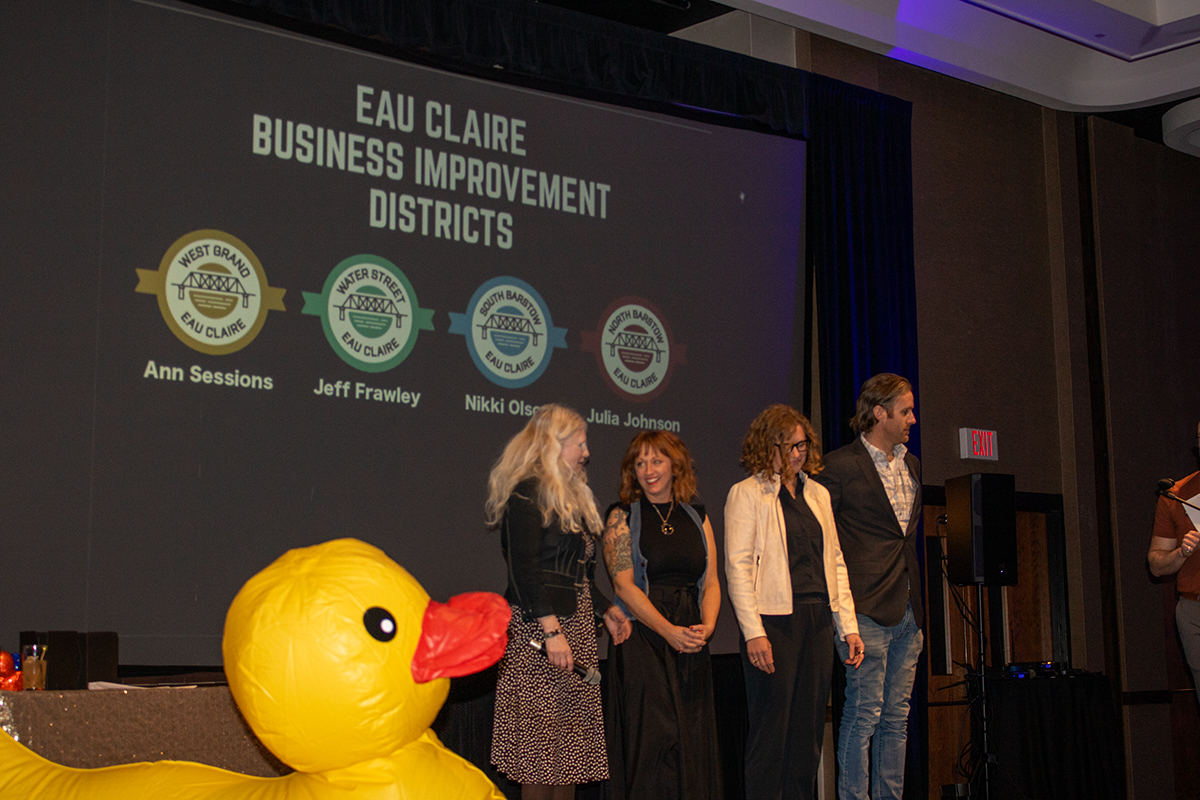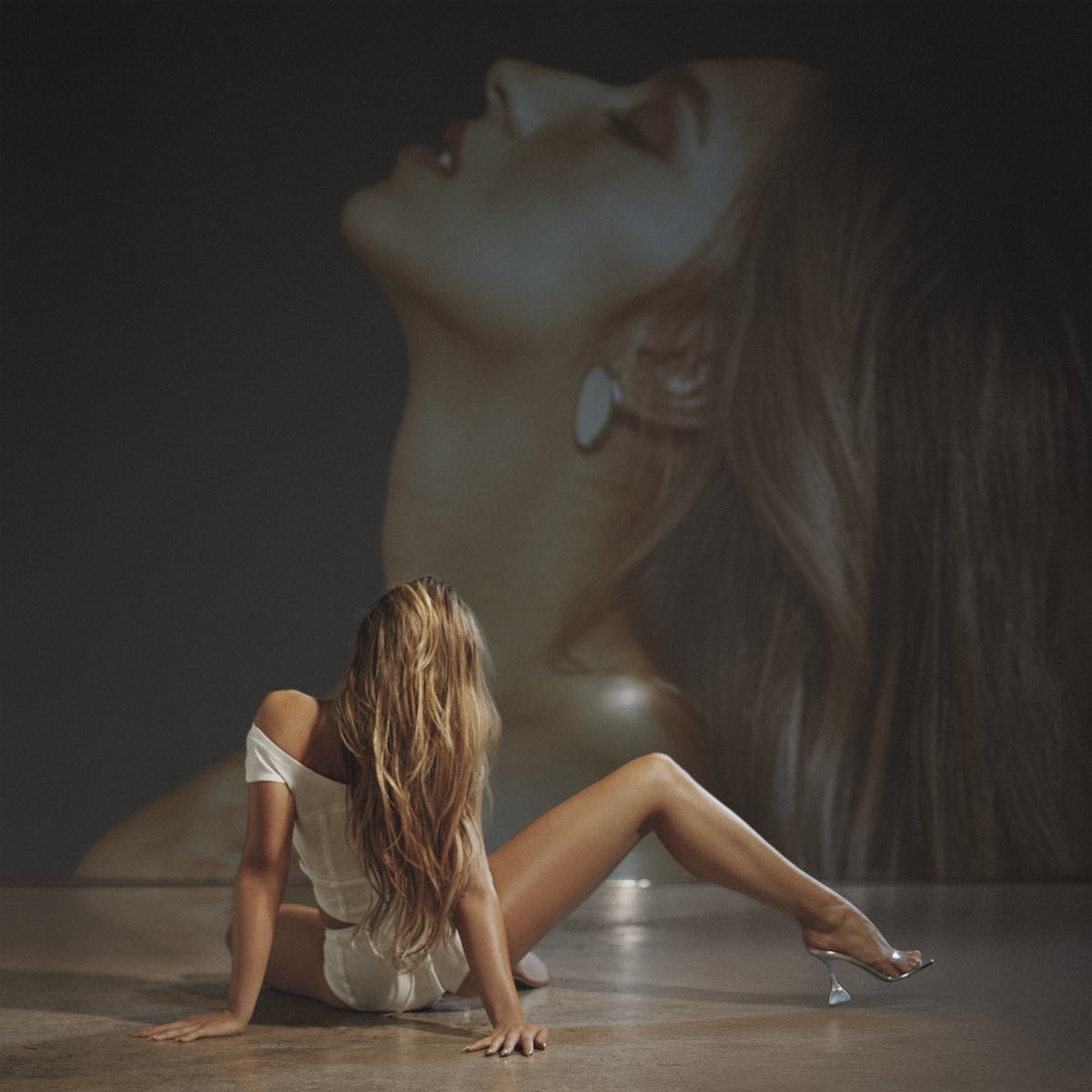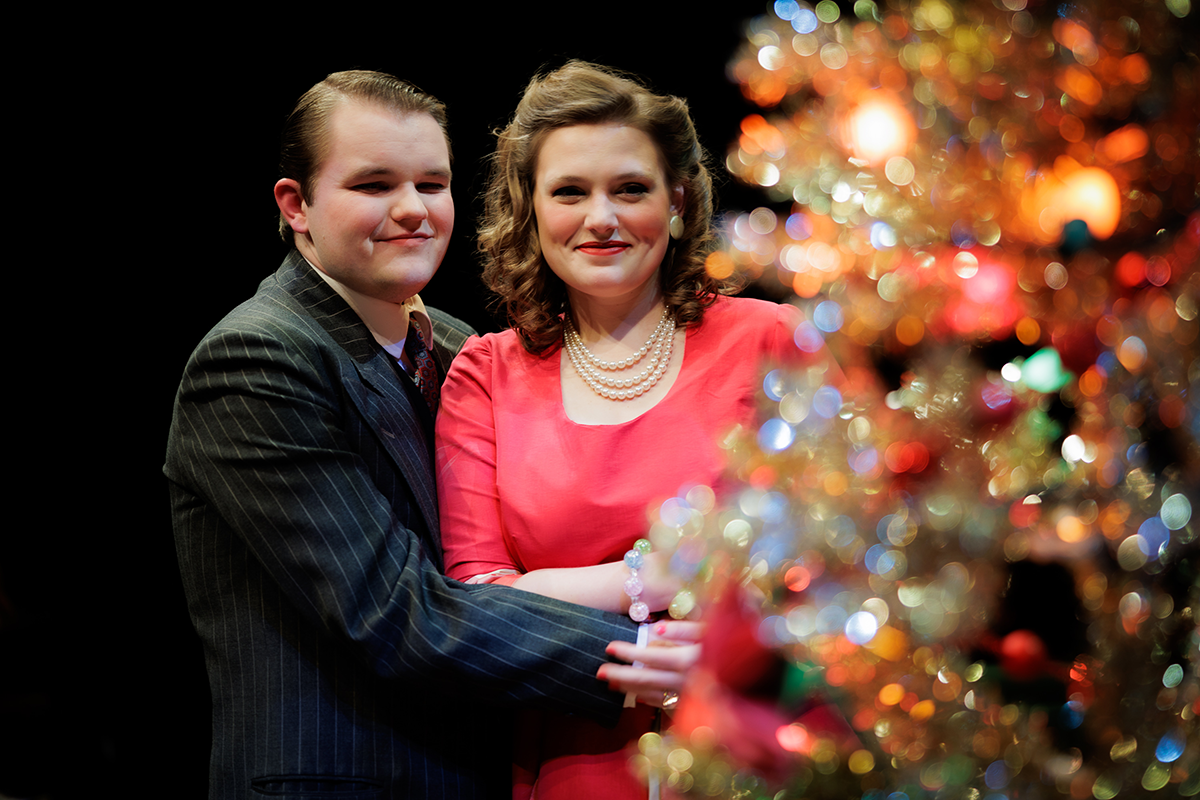Not many people are aware that our university has a competitive dance team and Concert Dance Company. So once I heard that CDC was performing their annual Danceworks show, I was excited to attend and feel like a part of the dance world again. CDC performed “Danceworks 2012: Convergence” March 29-31 in Kjer Theatre.
It was not what some audience members said they expected, though. The production did not have many conventional, synchronized routines such as jazz, ballet or hip hop. This year’s Danceworks production was more about the meaning of the routines and analyzing emotion than simply enjoying the performance as a whole.
Because of that, the audience played an active role. The routines told a story that people can relate to, which created a conversation about those issues. Without the audience to interpret different aspects of the production, there would be no conversation.
One of the routines, “Order of (dis)array”, choreographed by Emily Desorcy, had a relatable message that applied to students. Eight performers danced individually on stage to several voices playing at the same time, which spoke about stresses in school, work and social lives.
In my opinion, the chaos of the voices mixed with the dancers’ movements successfully relayed that message to the audience.
“Disconnected,” choreographed by Ally Frosch and Caitlin Rathburn, showcased America’s dependence on technology and how that can negatively affect us.
I thought the routine “Oceana Dentata ala Dada” was almost too modern, making it confusing at times. According to the UW-Eau Claire news release for Danceworks, it was choreographed in New York City long ago, and CDC performed it again here. It opened with a female dancer lounging on the beach, which then turned to a scary dentist office. I heard whispers throughout the audience saying, “Wow, that was terrifying!” and “I didn’t really understand it.”
One routine, “Fruit in the Downstage Right Corner” served as an educational piece to the audience, explaining how choreographers’ decisions and directions can completely change a routine’s meaning. This piece was interesting and, I think, beneficial for the audience because many are probably not avid modern dance watchers.
While every routine had a deeper meaning, the dancers still accomplished the task of entertaining; as an audience member, I was able to turn my mind off for a moment and simply enjoy the dancers’ turns and jumps.
The first routine, “Morning Circumference” choreographed by Rathburn, included gorgeous music and movements performed by the talented dancers.
Judging by their reaction, a crowd favorite was a tap routine titled “An Edison Unplugged.” Choreographed by Steph Schneider, it was the most conventional dance piece in the production. The music was an excellent choice — “Porcelain” by Moby — because it had a distinguishable beat for the audience to follow. I think it was one of the best because it showcased the dancers’ amazing talents and I left feeling happy for the 10-minute intermission.
“Danceworks 2012: Convergence” was a gift to the audience. While it may have made me uncomfortable at times, it opened their eyes to new types of dance and showed that while dance can be about beautiful technique and fun songs, it is usually something deeper than that.








